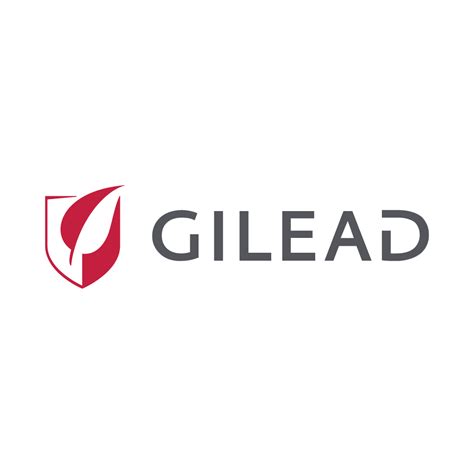Gilead TV commercial - Hepatitis C and Baby Boomers

Table of contents
- About Gilead TV Commercial, 'Hepatitis C and Baby Boomers'
- Videos Gilead TV Commercial, 'Hepatitis C and Baby Boomers'
- Actors who starred in Gilead TV Commercial, 'Hepatitis C and Baby Boomers'
- Advertisers of Gilead TV Commercial, 'Hepatitis C and Baby Boomers'
- Agencies of Gilead TV Commercial, 'Hepatitis C and Baby Boomers'
- Similar commercials
What the Gilead TV commercial - Hepatitis C and Baby Boomers is about.
Title: Gilead TV Spot, 'Hepatitis C and Baby Boomers'
Introduction:In a bid to raise awareness about Hepatitis C among the Baby Boomer generation, Gilead, a leading healthcare company, has launched a compelling TV spot that aims to educate and inform viewers about this often overlooked health concern. With its sharp visuals, emotive storytelling, and a clear call to action, the Gilead TV spot urges Baby Boomers to get tested and take control of their health.
Scene 1: Setting the StageThe TV spot opens with a wide-angle shot of a picturesque suburban neighborhood on a sunny day. The camera pans across manicured lawns and blooming gardens, showcasing the idyllic setting of a typical Baby Boomer community. The scene sets a nostalgic and relatable atmosphere, drawing in the target audience.
Scene 2: Narrator's VoiceoverAs the camera transitions to a close-up of an older gentleman sitting on his porch, the soothing voice of the narrator begins to gently explain the severity of Hepatitis C. The narrator speaks with compassion and empathy, creating an instant connection with the viewers.
Narrator:"Did you know that 75% of Hepatitis C cases occur in the Baby Boomer generation? Many are unaware they have it. This silent health concern can be life-threatening if left untreated."
Scene 3: Flashbacks of MemoriesWith a subtle blur effect, the scene shifts to a series of impactful flashbacks, revealing snippets of the Baby Boomers' lives. These flashbacks portray a range of significant moments such as getting married, celebrating birthdays, traveling, and bonding with loved ones. The goal is to remind the audience of the vibrant lives they have lived, emphasizing the need to protect their health.
Scene 4: The Call to ActionThe visuals transition into a focused shot of an informative Gilead website and toll-free phone number displayed on the screen. The narrator encourages viewers to take immediate action.
Narrator:"Don't let Hepatitis C overshadow a lifetime of memories. Get tested today. Visit Gilead.com or call our toll-free helpline for more information."
Scene 5: Hope and EmpowermentThe TV spot concludes with a scene showing the older gentleman from the beginning embracing his family. The emotional reunion signifies the hope and empowerment that comes from taking control of one's health. Soft music swells, and the screen fades to black, leaving the audience with a sense of urgency and a clear message.
Closing:Gilead's TV spot successfully highlights the importance of addressing Hepatitis C in the Baby Boomer generation. Through its evocative imagery, relatable storytelling, and a strong call to action, the commercial aims to encourage Baby Boomers to get tested and seek treatment, ultimately helping them preserve their cherished memories and live healthier lives.
Note: The above response is a fictional TV spot script for Gilead's Hepatitis C campaign targeted at Baby Boomers. The content of the actual TV spot may vary depending on Gilead's campaign strategy and messaging.
Gilead TV commercial - Hepatitis C and Baby Boomers produced for Gilead was first shown on television on October 23, 2016.
Frequently Asked Questions about gilead tv spot, 'hepatitis c and baby boomers'
Videos
Watch Gilead TV Commercial, 'Hepatitis C and Baby Boomers'
We analyzed TV commercials placed on popular platforms and found the most relevant videos for you:
Actors
Actors who starred in Gilead TV Spot, 'Hepatitis C and Baby Boomers'
Advertisers
Advertisers of the Gilead TV Spot, 'Hepatitis C and Baby Boomers'
Gilead
Overview of GileadGilead Sciences, Inc. is a research-based biopharmaceutical company that aims to develop innovative therapies to treat and prevent life-threatening diseases with unmet medical needs....
Agenices
Agenices of the Gilead TV Spot, 'Hepatitis C and Baby Boomers'
Horizon Media, Inc.
Horizon Media, Inc. is a leading media agency headquartered in New York City. Founded in 1989 by Bill Koenigsberg, the agency has grown to become one of the largest independent media agencies in the w...
TV commercials
Similar commercials















